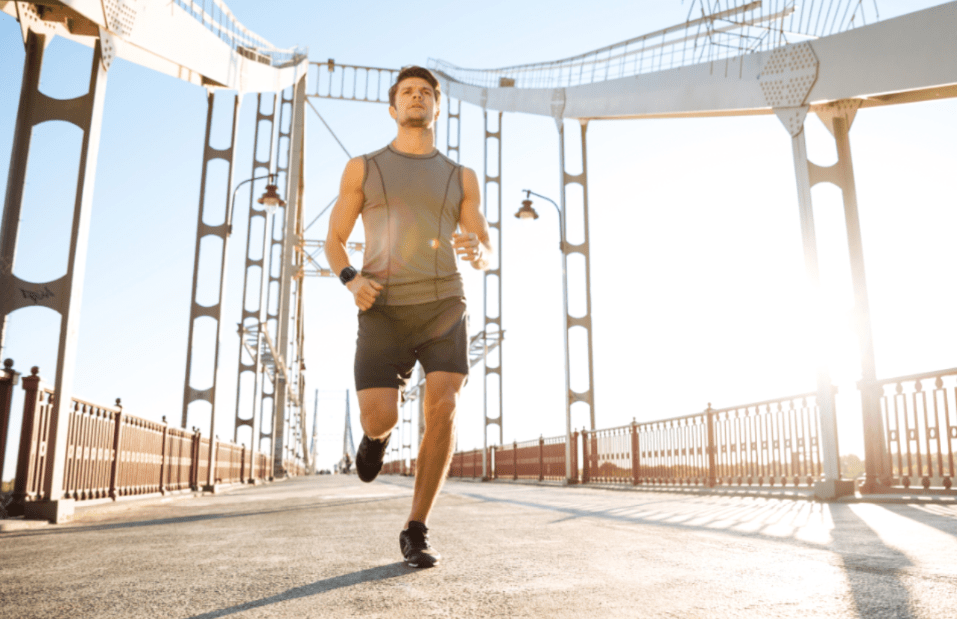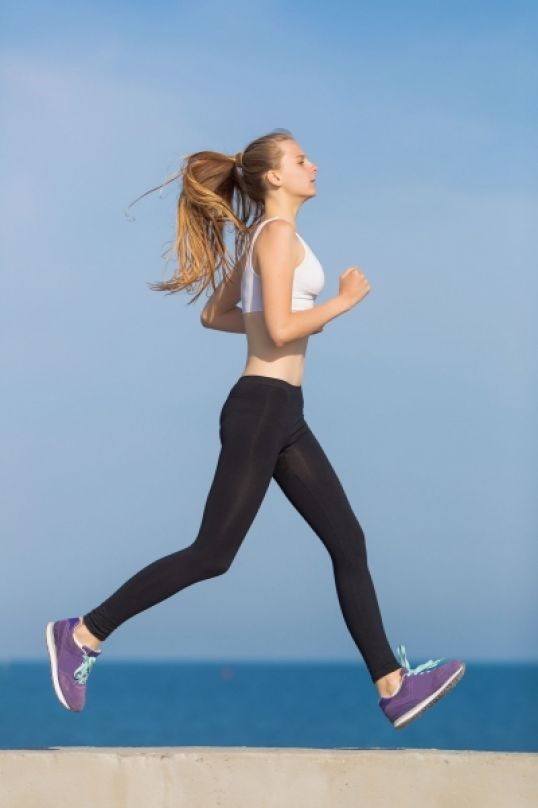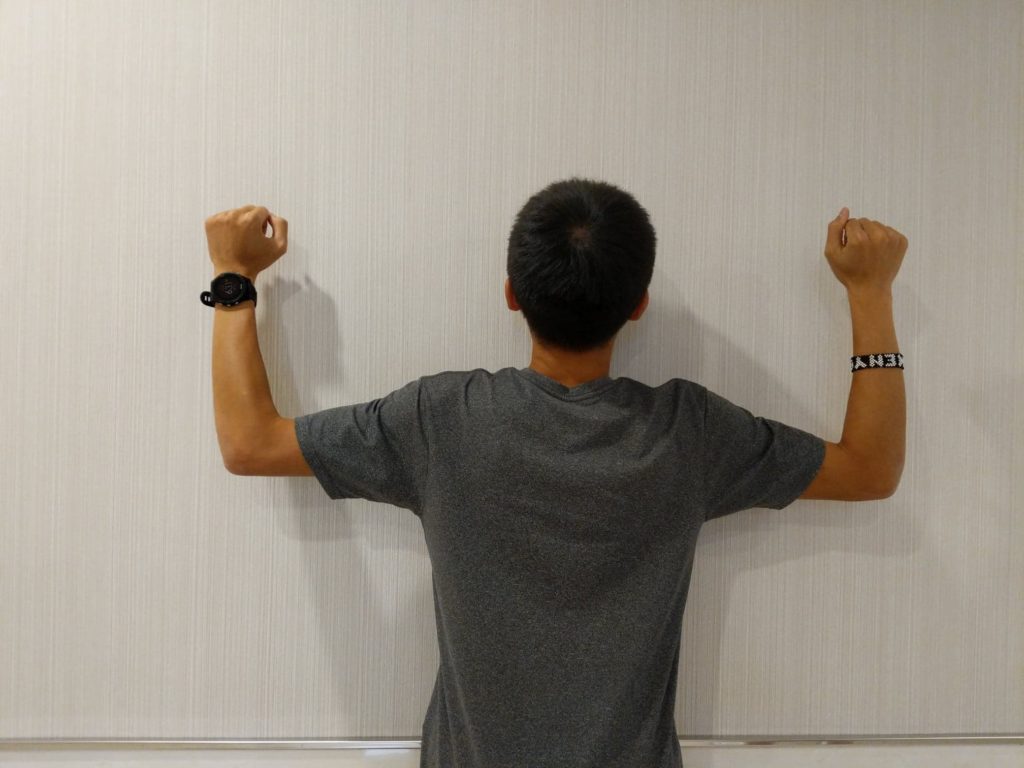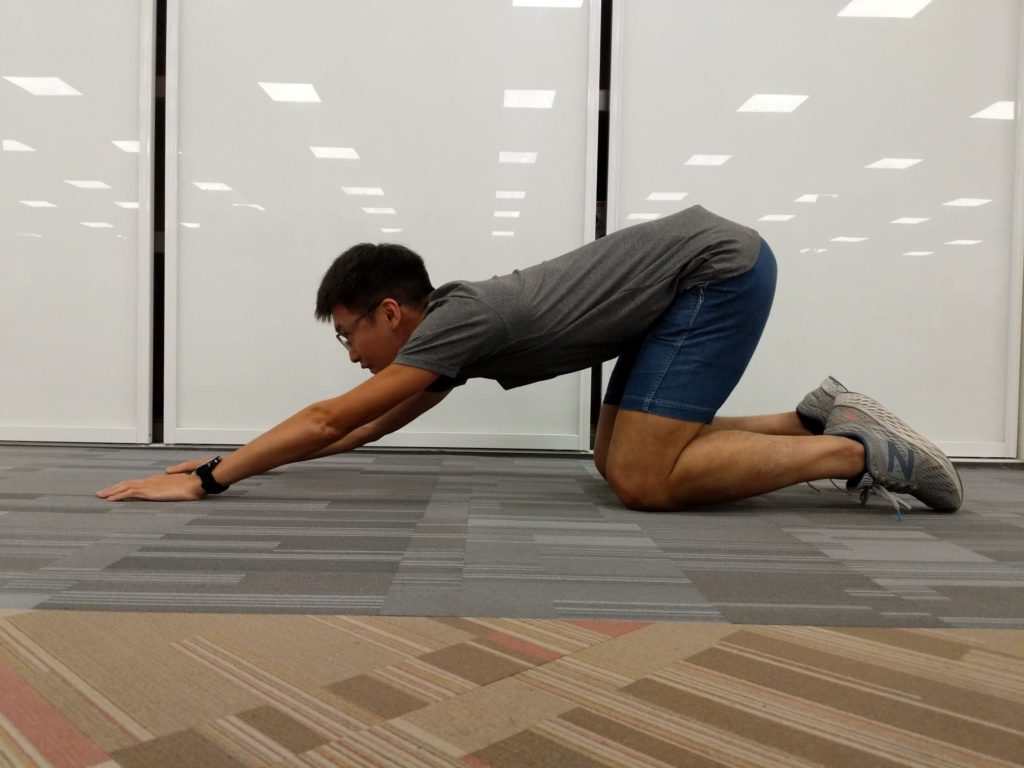
What Effects Do Round Shoulders and a Hunched Back Have on Running?
Being in the office daily, round shoulders and hunched back have become common problems for people today. Not only do they affect how we look in clothes, but along with the anterior pelvic tilt, our charisma is greatly reduced, and we look shorter and lack energy. In fact, for runners, round shoulders and hunched back not only affect their appearance. They are also correlated to running and sports injuries.
Here are some effects that round shoulders and hunched back have on running, as well as some simple ways to improve this problem.
Common Problems Caused by Round Shoulders and a Hunched Back
The spine of the human body is divided into cervical vertebrae, thoracic vertebrae, lumbar vertebrae, and coccygeal vertebrae.
The spine is not totally straight, but has a physiological curvature, in which the curvature of the cervical vertebrae and the thoracic vertebrae are in opposite directions. For people with round shoulders and a humped back, the curvature of the thoracic vertebrae will be larger than that of most people. This means the thoracic spine’s “ability to extend backwards” will be affected, and will be accompanied by some compensatory movements. For example, when the thoracic vertebrae’s ability to extend is limited and the body cannot stay upright, sometimes runners will try to use the lumbar vertebrae to compensate for the “extension” function of the thoracic vertebrae.
However, excessive curvature of the lumbar vertebrae will further cause anterior pelvic tilt and somewhat affect the muscle tension of the lower limbs. For example, with anterior pelvic tilt, the muscles of the front of the lower limbs are in a compressed position, and the muscles of the back are stretched. This leads to an imbalance of the muscles of the hip joint.
At the same time, the anterior pelvic tilt will also be accompanied by the rotation of the pelvis and femur, which will cause some movement problems.
Common problems caused by round shoulders and a hunched back to running are as follows:
1. Swaying of Arms:
People with round shoulders and a hunched back are prone to draw in their chest when running. At the same time, the humerus of their upper arm will rotate internally, which will cause the arm to sway.

2. Titling the Head Forward:
When the movement of drawing in the chest appears, if the head is in its normal position, the eyes will naturally look towards the floor, so some runners will compensate, causing the cervical vertebrae to extend backwards, and the head will tilt forward and be forced to look ahead. You can observe carefully next time. The head of some runners with a drawn-in chest and a hunched back will be tilted forward. This is also the compensation result of wrong movements.

3. Breathing Problems:
For runners who often participate in marathons, breathing is a very important part. For example, in the latter part of the race, some runners are unable to maintain a relaxed and upright posture due to exhaustion, and they will involuntarily hunch their backs.
You will notice at this time that their breathing will become more rapid, and the depth of the breathing will, at the same time, become shallower. It can be intuitively seen from the posture of drawn-in chest caused by the round shoulders and hunched back that, in this state, the breathing pattern changes due to the hunched back, which affects the smoothness of inhale, and this causes negative effects.
Basic Methods to Improve Round Shoulders and a Hunched Back
Squat Facing the Wall
Face the wall and keep your body as close to the wall as possible. Raise both of your hands and bend them at 90-degree angles, and keep them, along with the chin and sternum, close to the wall. At the same time, slowly squat and then stand up.
When the chin and sternum are in this state, the thoracic vertebrae will naturally extend backward to strengthen the mobility of the thoracic vertebrae. This downward rotational movement of the scapula can improve the scapula contraction problems caused by the hunched back and make the body stay upright.

Chest and Abdominal Breathing
There are three common breathing methods: abdominal breathing, chest breathing, and shoulder breathing.
Abdominal breathing is moving up and down through the diaphragm. When you inhale, the diaphragm will move downwards and press down on the internal organs. Therefore, the belly will expand instead of the chest. Chest breathing is also called rib cage breathing. This breathing method relies solely on the side of the ribs to inhale, and use the intercostal muscles to lift the ribs up, so as to expand the rib cage.
Lastly, we’re at the shoulder breathing, which can be regarded basically as a compensatory exercise. When inhaling, both of the shoulders are lifted, and the inhalation is shallow, so the efficiency of taking breaths is actually quite low. When using chest and abdominal breathing, you can try to open your chest as much as you can to train its expansion ability.
Cat Pose Stretching
This is a pretty common yoga exercise, stretching the body like a cat. Kneel on the yoga mat and, at the same time, keep your hands shoulder-width apart with the palms on the mat as support. When you inhale, your waist sinks downwards and let your chest go as low as you can get, tilt your head up, and relax your whole body. When you exhale, arch your upper back, lower your head, and relax your whole body.
At this moment, you will feel your entire spine bending forward, which will produce a certain squeezed feeling, while, at the same time, there is a strong sense of traction on the back. This action has a good relaxing effect on the scapula and the thoracic vertebrae, and it can further train the movement of clamping the scapula.

The aforementioned are a few of the most commonly seen simple movements to open up the scapula. Round shoulders and a hunched back may not have a negative impact on running for the short term, but, in the long run, there is still a good chance that they may cause sports injuries. I hope that every office worker who run can all keep running without any injury or pain.




